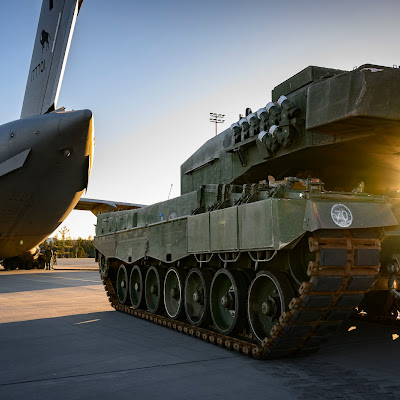Sep
27,
2021
By Stijn Mitzer and Joost OliemansTurkmenistan held a military parade on Monday, September 27, to mark the 30th anniversary of achieving independence from the Soviet Union. Turkmenistan's lavish parades are the perfect occasion for showcasing its latest military acquisitions. 2007 saw President Gurbanguly Berdimuhamedow taking over power from Saparmurat...





















